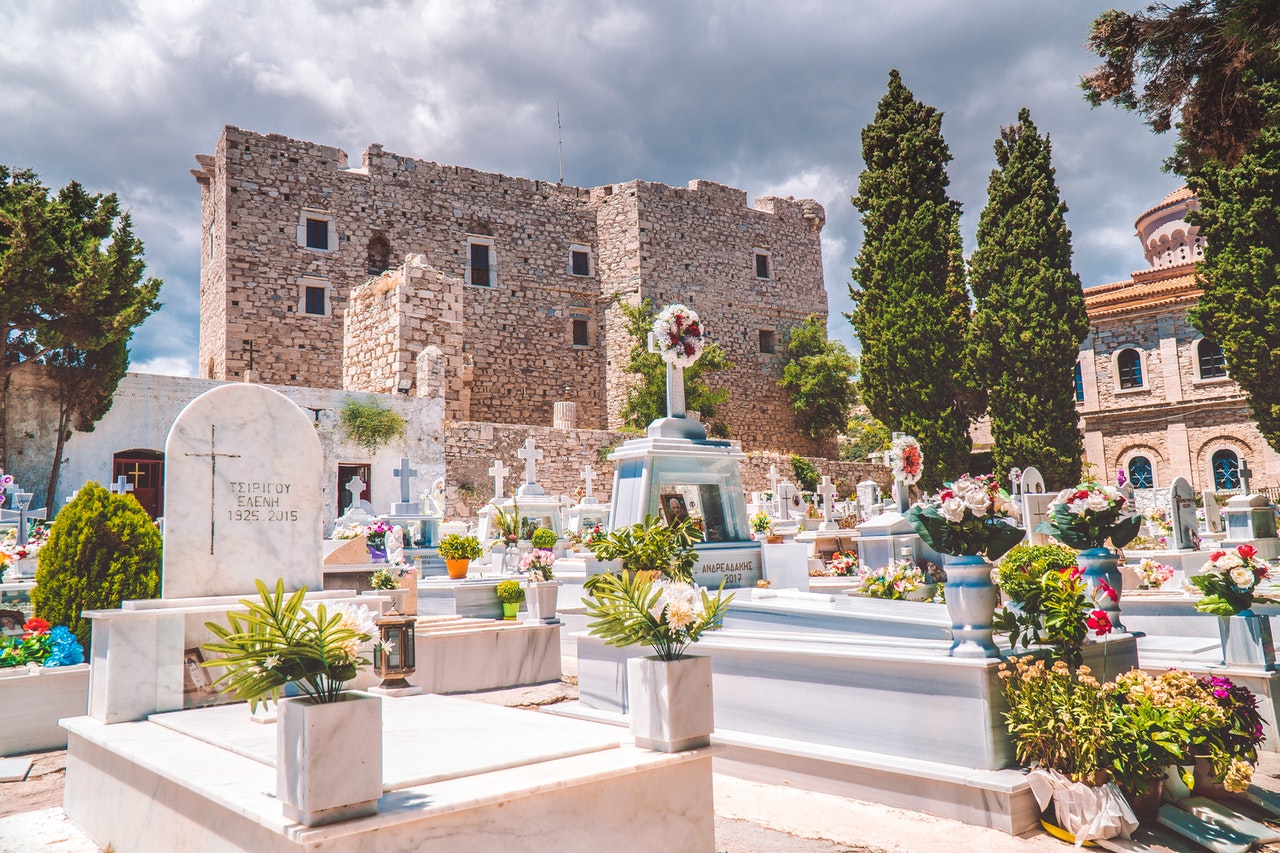
The spaces for tombstones and graves have always been an area for mourning and sadness. It reminds us of what we have lost and that it will never return. The good thing is, there is a discovery that comes at play when it comes to these lonely spaces. And, this is the art of grave gardening.
In a broad sense, gardening has been discovered to have a lot of benefits. These includes: relief from depression, stress and anxiety. At the same time, psychologists have determined that when a person engages in gardening, the body releases feel-good chemicals such as dopamine and serotonin.
The more so when a person touches soil. Why is this so? There’s a study that discovered the presence of bacterium that is called, “mycobacterium vaccae” that triggers the release of serotonin. This feel-good hormone lifts your mood and reduces anxiety.
If you want to paint a picture of life and color on your loved one’s grave, you can try out grave gardening. Here are some tips for you to get started.
Before you delve into the beauty of grave gardening, make sure to understand existing policies in your loved one’s grave. Other cemeteries are okay with you planting, while others have particular landscape requirements that needs to be complied.
While it’s easy to get carried away with the blooms and the colors, you should never choose plants just because of their visual value. You must select them based on their survivability given such conditions. You’ll need plants that won’t require much water or can survive drought. What’s more, you’ll need flowers that are low-maintenance.

To prevent weed from growing, it is advisable to add in one-to-two inches of mulch. Aside from helping with weed growth, mulch cuts down plant maintenance.
If you plant on pots, please bear in mind that it has a shorter life span than other counterparts. The reason for which is that potted plants are prone to drying faster than those that are planted on the ground.
However, if you’re planting directly on the ground, there are instances where the soil is of poor quality. If you want to plant directly on the soil, you’ll need compost
The best recommended plants for graves and cemeteries are the following: bird’s nest fern, kalachuchi, Ti plant, rhapis, schefflera or mini-santan.